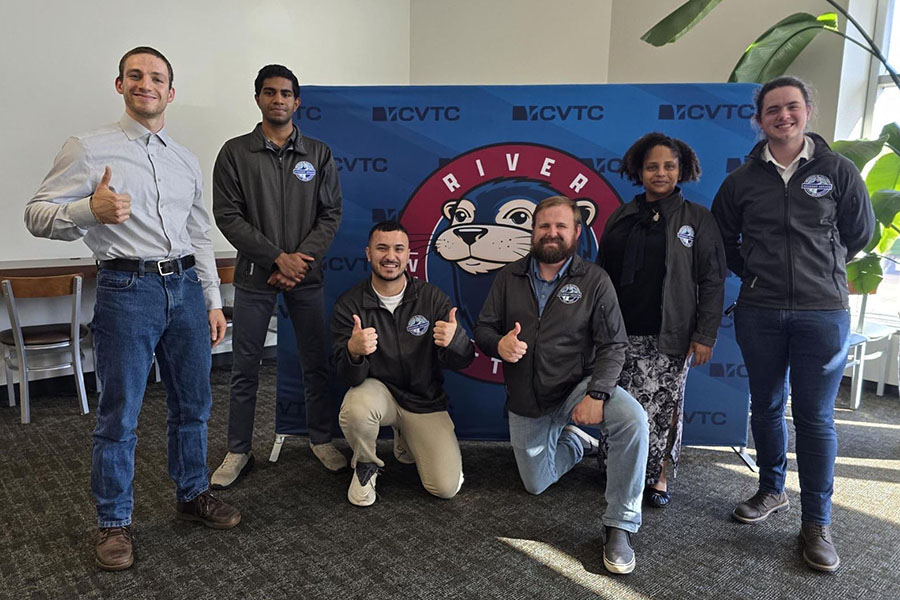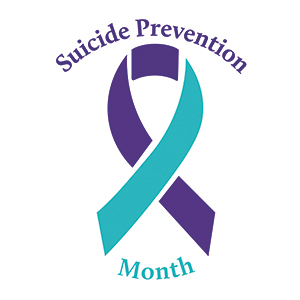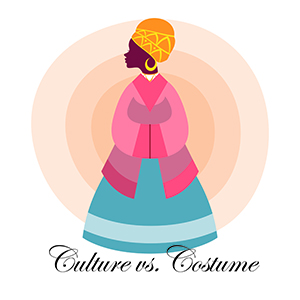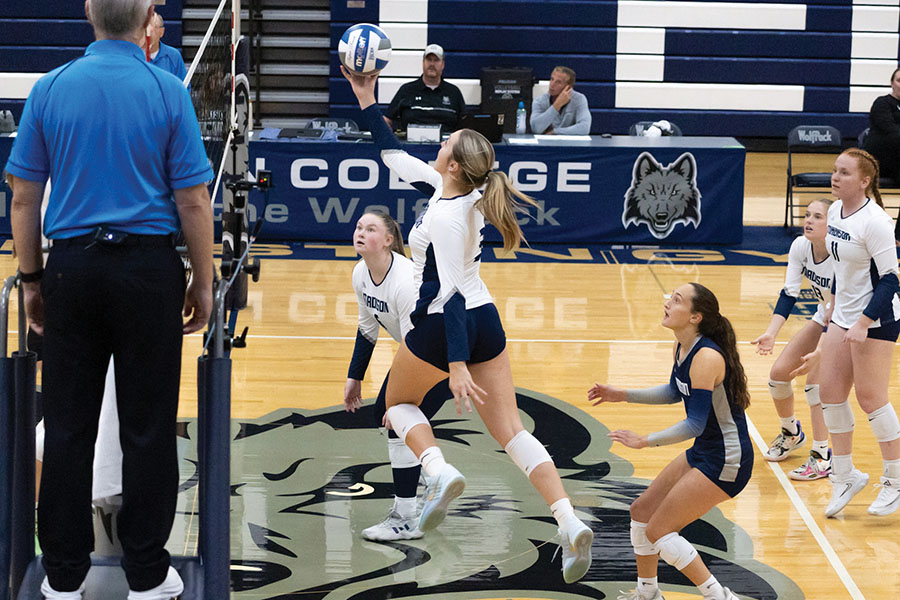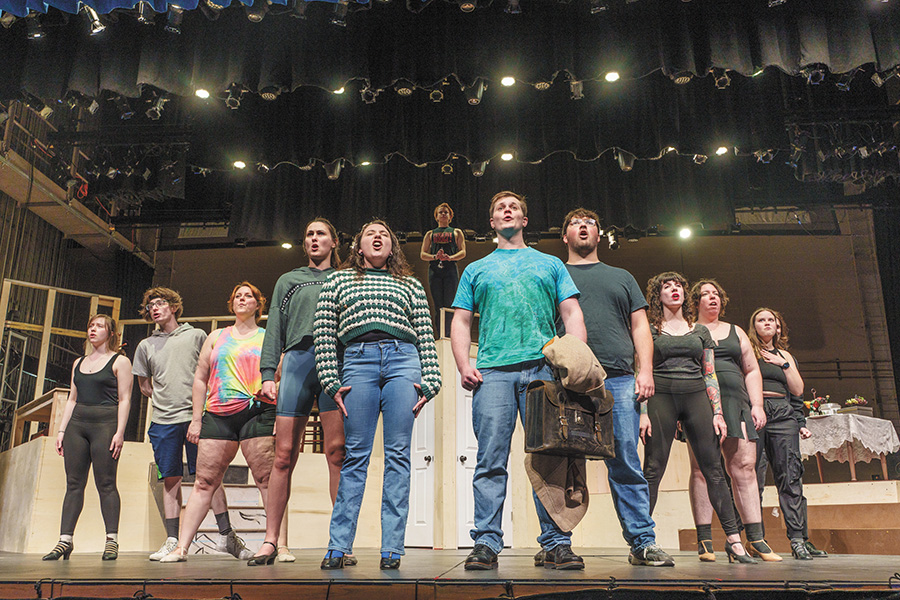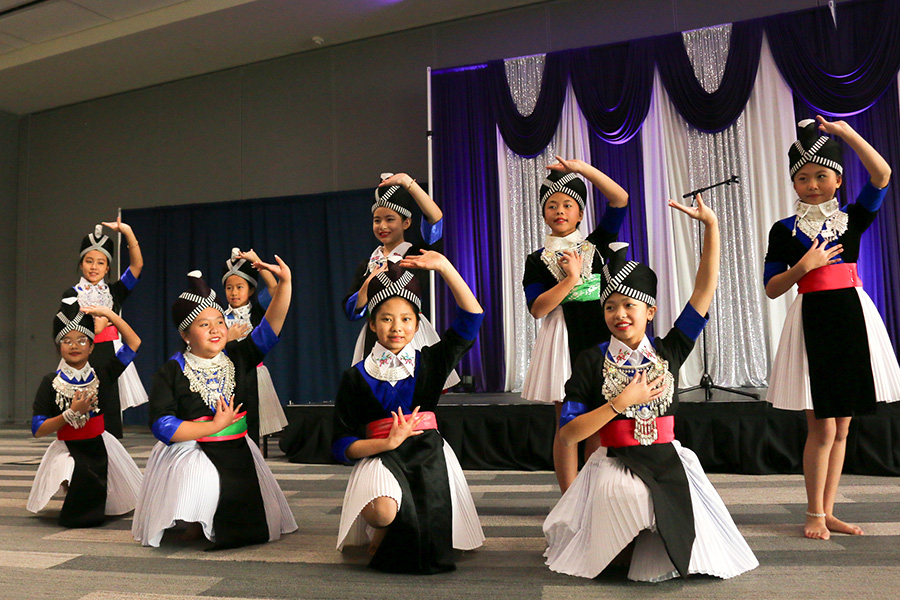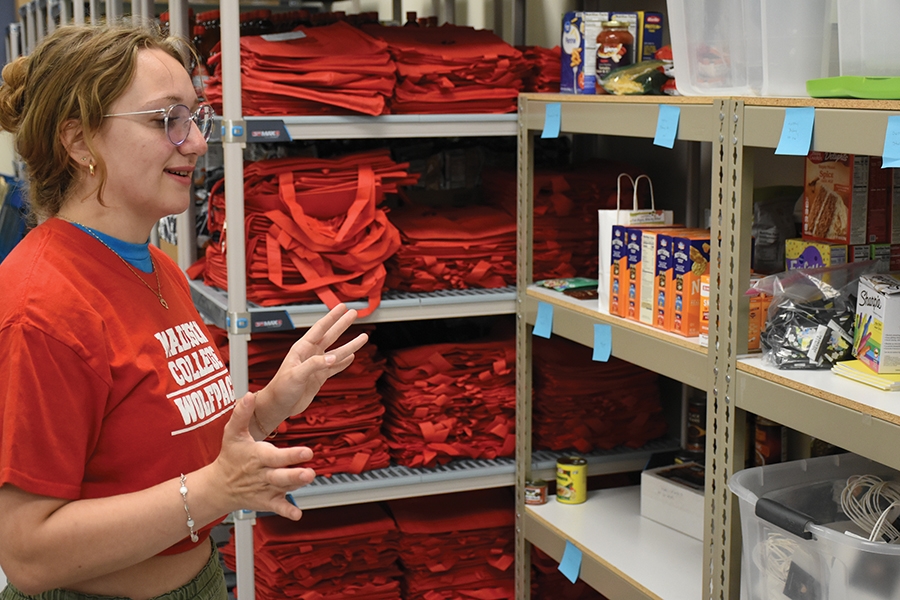My philosophy on running has long been that it was completely unnecessary in my life, unless I was being chased. But there I was, suddenly and inexplicably, running, very slowly, down my local bike path.
“Running is the oldest, purest, simplest sport.” So says the “Runner’s World Complete Book of Beginning Running” I’d recently purchased at my local used bookstore.
The first quarter-mile is less than pleasurable. My shins are tight, my muscles are protesting and wimpy, and my backside is dancing an uncoordinated cha-cha. All I really want to do is turn around, go home, collapse on my couch, and order a Glass Nickel cheese pizza with basil and fresh tomatoes and a two-liter of Coke.
So why start running at all? The general consensus seems to be the approachability of the sport. There is a firm belief by all those who participate in the sport that anyone can become a runner.
Talk to any runner about why they started running and why they keep running and their face lights up.
“I’ll tell you why I started running. I started running because I got kicked off the cheerleading squad,” laughs Megan Suhonen of Madison’s Fleet Foot Sports.
At her father’s suggestion she joined the cross-country team and while she appreciated the social aspects of being on the team more than the running, her talent in running led to scholarships for her college education.
Angie Patnode of Madison wanted to be cool.
“I started out running, I think running more than any other sport, because it was approachable,” Patnode said. “It was something I could do and be pretty bad at when I started and feel like that was a perfectly acceptable place to start.”
Running is a highly individualized sport with the level of competitiveness encountered being entirely determined by the runner. The runner does not have to think about the ball or the rules or their teammates and the frequently companionable nature of the sport attracts many or those turned off by other sports.
“I never did well in team sports at all, I had no speed, I had laughably slow reflexes, I have no depth perception, I just tried to stay out of the way as much as possible,” Patnode admits. “I was definitely the proverbial ‘last-kid-picked’ for the kickball team.”
There was a running boom, a renaissance if you will, in the sport in the 1970s. It was when running shifted from what people believed to be a spectator sport to a participatory sport.
Running was a form of recreation that anyone could take part in, one that did not require speed, coordination, or talent.
“It’s an easy pastime that anybody can do and it’s an affordable pastime as well,” says Suhonen. “[The running boom] also, especially now in the last couple of years, can have a lot to do with the focus on healthcare and is bringing out a lot of preventative medicine measures.”
In a 1999 report, the Surgeon General and the Department of Health and Human Services says, “adults who are physically active are healthier and less likely to develop many chronic diseases than adults who are inactive.”
The report strongly encourages the partaking in physical activity as a part of a healthy lifestyle and refers to studies that have shown that few lifestyle choices affect human mortality more than physical activity. It also states that “it has been estimated that people who are physically active for approximately seven hours a week have a 40 percent lower risk of dying early than those who are active for less than 30 minutes a week.”
My doctor, therefore, has good reason for encouraging me to increase my physical activity, as she doesn’t buy my excuse that I work in a physically active job. She knows that the beneficial effects of physical activity can do everything from maintaining a healthy cardiovascular system (or improving a not-quite-so-healthy one) to reducing the risk of cancer, improving mental health, and aiding in addiction recovery.
While its exact cause remains an elusive quantifiable subject to scientists, the runner’s high for many people becomes an addictive high, and a legal one. The addictive properties of running and other sports have even been used as a tool to assist recovering alcoholics and addicts resist the temptation to relapse by replacing the negative addiction with a positive one. That’s not to say it’s always fun or easy. It’s exercise, let’s be realistic.
Suhonen agrees that not every day, not every run is easy. “Getting out the door in the winter, like the first 10 steps,” is her least favorite part of running. But her favorite part of running is “the way I feel when I’m done. It’s a relief to be finished, it’s like ‘yay, I’m at home, I can relax,’ and you feel healthy, your lungs are opened, if I’m sick my nose feels cleared.”
It seems oxymoronic to say that your least favorite part of running is the start, your favorite part is the finish, and yet you still come back for more. Suhonen, however, is by no means alone; I myself, (after the initial shin splints healed) share her sentiment.



